World leaders in the mining industry, Latin American countries must focus efforts on meeting risk management expectations surrounding safety and sustainability. Two of the region’s experts drilled down into these topics.
A er over 300 years of heavy silver and gold extraction, Latin America remains at the heart of the world’s global precious metals market.
Currently, Peru is home to the world’s largest silver reserves, while Mexico, Chile and Bolivia all rank in the top ten producers. These countries, along with Argentina, made the region responsible for more than half of the silver produced worldwide in 2019.
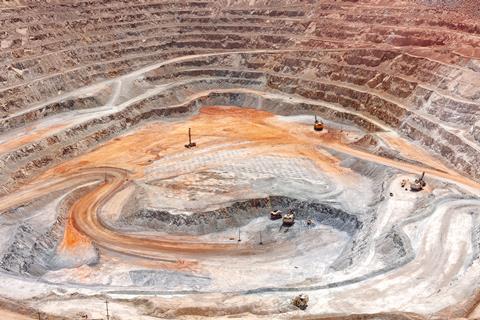
Peru and Mexico are also the leading gold-producing nations in Latin America, with Brazil and Argentina trailing close behind. And this is despite the fact that copper is now the most predominantly mined ore in the region, with eight out of the ten leading mining companies operating primarily in the production of this base metal.
Chile, the largest copper producer, accounted for more than 28% of global production in 2020, with an output surpassing that of the following top three countries combined.
For Peru, mining provides around 10% of the GDP and 20% of its taxes, with 18 of its 28 regions hosting mining operations. The Peruvian annual copper production did drop by more than 12% in 2020 due to pandemic-related shut-downs, dipping below 2016 output levels. Nevertheless, the country remains the second-largest producer on the planet.
MEETING ESG EXPECTATIONS
Like the mining community worldwide, those in Latin America are having to plot a course towards more sustainable operations.
At the biennial FERMA Forum some of Peru’s leading mining figures discussed the issues and the solutions being explored.
Ernesto Balarezo, CEO of Sierra Metals, a Canadian mining company with operations in Peru and Mexico, said: “ESG is now at the heart of everything we do… The first pillar of our operations is the safety and health of our communities. You cannot operate without a clear ESG strategy.”
“It is essential to ensure that you understand the issues and identify any failures should they occur. We are proud to say we have had three million man-hours without an accident.”
Juan Carlos Miljanovich, CFO at Peru-based Summa Gold Corporation, agreed that for his firm, safety and sustainability were now at the top of the corporate agenda.
“We have nine safety pillars to drive safety management,” he said. “It is essential to ensure that you understand the issues and identify any failures should they occur. We are proud to say we have had three million man-hours without an accident.”
He continued: “We are constantly looking to drive health and environmental education with our staff and our communities.”
NAVIGATING THE AUTHORITIES
Both agreed that the common agenda for companies in Latin America was now centred around health and safety and the responsible operation of the mining activities.
Balarezo added that one of the most pressing activities in the current climate is dealing with regulators. He said it was vital to have strong communication and open dialogue with authorities to ensure that operations had forewarning of any decisions being made, giving them the opportunity to assess the impact and start the process of mitigating those risks.
Speaking of the company’s relationship with the Peruvian government, Balarezo said: “We had to highlight the fact that mining was more heavily taxed in Peru than anywhere else in Latin America. As such, we proposed a system that was based on performance. We have very strong mining associations in Mexico and Peru, and mining is not going away.”
However Miljanovich added the biggest threat to the industry and its reputation was the ongoing illegal mining operations that flout both safety and environmental rules and continue to cause significant reputational damage to the sector.
A CLEAR CARBON PLAN
Both men agreed that staff training around safety and the environmental impact of operations is now a significant focus. But Balarezo reiterated that for change to be effective it has to come from the c-suite.
“To have a good and supportive board, with a champion in the boardroom who is continually pushing for these issues, is so important in the current environment,” he said.
“You need to ensure you are following the International Council on Mining and Metals (ICMM) guidelines. Transparency is now a must. You need to constantly monitor gas emissions and water purity.”
The pair added that it was now vital for mining operations to have a “clear plan” as to how they will lower their carbon footprints, citing investment banks’ reluctance to loan money to mining operations that cannot demonstrate their journey to greater sustainability.
“We have made it clear to our electricity provider that they have to deliver renewable energy across our operations.”
Common tactics used in the region so far include investment in solar panels and other renewable energy systems at mines, with the aim to reduce greenhouse gas emissions.
Balarezo said: “We have made it clear to our electricity provider that they have to deliver renewable energy across our operations.”
He added that companies need to be constantly looking for technology that can make operations more efficient, safer and more environmentally friendly.
For instance, technology has changed the way in which mining operations process their waste. “What was deemed waste 75 years ago now has a use,” he explained.
Both said that the mining sector continued to work with insurers in an effort to manage risks. “Underwriting mining risks come with their own set of challenges… Not many companies have the appetite to write the business and therefore capacity is tight… As such risk management and retention levels are demanding.”

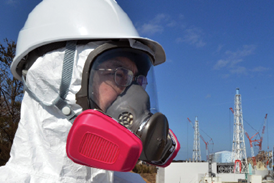
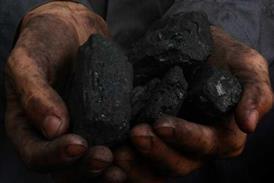


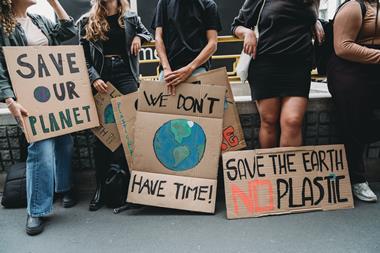
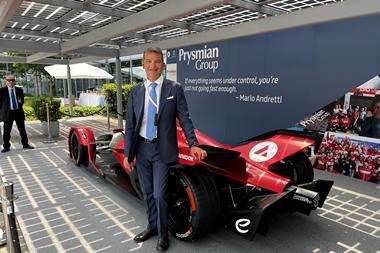




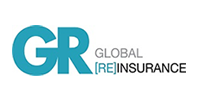
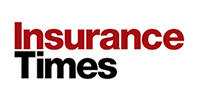
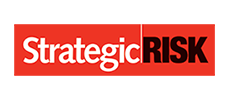
No comments yet